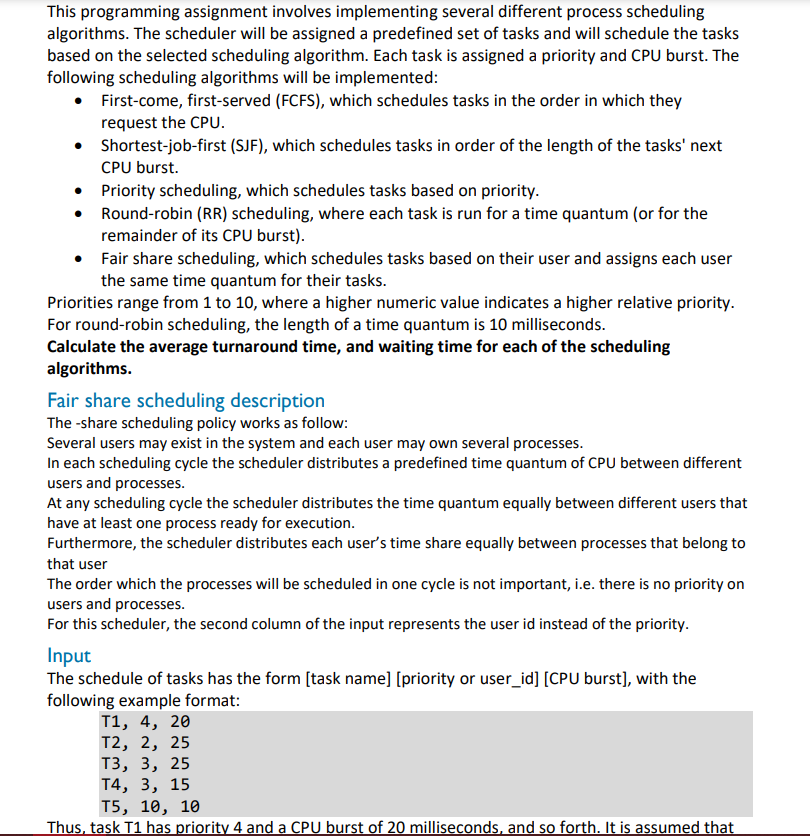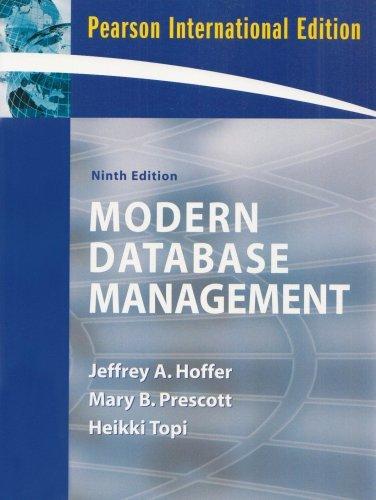Answered step by step
Verified Expert Solution
Question
1 Approved Answer
Java please, need help asap will rate, need to do process scheduling for shortest job first, SJF and fair share scheduling only This programming assignment
Java please, need help asap will rate, need to do process scheduling for shortest job first, SJF and fair share scheduling only 
Step by Step Solution
There are 3 Steps involved in it
Step: 1

Get Instant Access to Expert-Tailored Solutions
See step-by-step solutions with expert insights and AI powered tools for academic success
Step: 2

Step: 3

Ace Your Homework with AI
Get the answers you need in no time with our AI-driven, step-by-step assistance
Get Started


